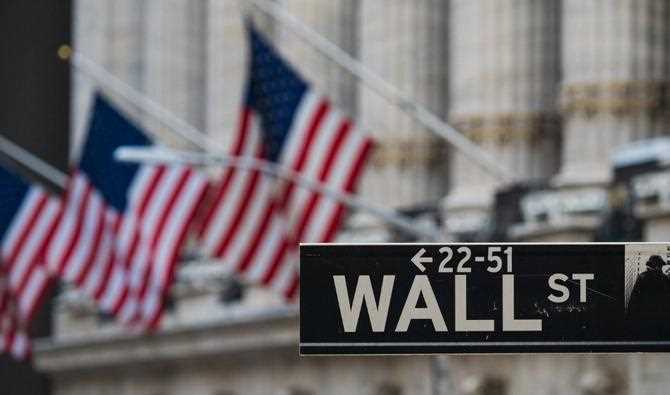(BFM Bourse) – Particularly volatile at the start of the year, the S&P is pitching and is now close to the 10% drop since its peak reached on January 3. History shows, however, that it ends the year on a double-digit rise in 40% of the cases since 1928 when it enters the correction zone during that year.
On Wednesday and Thursday, the S&P erased more than 2% gains before ending the session in the red. Such a streak had only happened to him once before in the past 40 years, according to Bloomberg data, and that was in October 2008, at the height of the financial crisis. Exacerbated by the Fed’s indecision regarding the evolution of its monetary policy and geopolitical tensions, particularly in Ukraine, volatility – calculated by the VIX index – also reached during the week a level more observed since 2020. And the broader index is now flirting with correction territory set at 10% (-9.7% since its all-time high of January 3 at the close on Thursday).
However, we should not panic according to the deputy director of investments of Mirabaud John Plassard, who recalls that “the market movements that we have known since the beginning of the year are not extraordinary”.
If we refer to history, we can indeed see that falls during a calendar year have been largely common since the crisis of 1928. “In 95% of the cases, for example, the S&P falls by 5% or more, and in 63% of cases by 10% or more” notes the expert. While the index has experienced only one “bear market” (fall of 20% or more) since 2009, in 2020 it has fallen by these proportions or more 24 times in the past 94 years. “If we exclude the violent ups and downs experienced by the markets between 1928 and 1950 (wars, crises, recessions, etc.), we can make more or less the same observation” emphasizes John Plasard. “Indeed, over this 72-year period, there have been 36 corrections, 10 “bear markets” and 6 “crashes” (more than 30% drop)” he lists.
A probably normal correction
The S&P has therefore entered a correction zone every other year since 1950, but the “bear markets” and “crashes” have become rarer since the 2008 crisis and “it is more likely that we are witnessing a” correction normal more than at the start of a historic crash,” said the expert.
Better still, history (again) also teaches us that, in 40% of cases since 1928, the S&P has fallen by 10% or more in the course of a calendar year while ending at +10% or more on the 31 December of that same year. “Concretely this means that if the loss on the S&P 500 were to be 10% or more in the coming days/weeks (since January 1), this would not prevent the index from ending with a performance of 10% or more. at the end of 2022” explains John Plassard.
Among the most notable comebacks in the history of the index, the 2020 one figures prominently. The S&P had indeed given up almost 34% at the height of the market panic in March 2020 (compared to January 1), before ending the year with a gain of 18%. It had also rebounded by more than 50% in 2009 (from -27.6% to +25.9%) or even in 1980, when the policy (or even the war) led by Paul Volcker, then President of the Fed, against inflation was beginning to bear fruit.
Quentin Soubranne – ©2022 BFM Bourse
